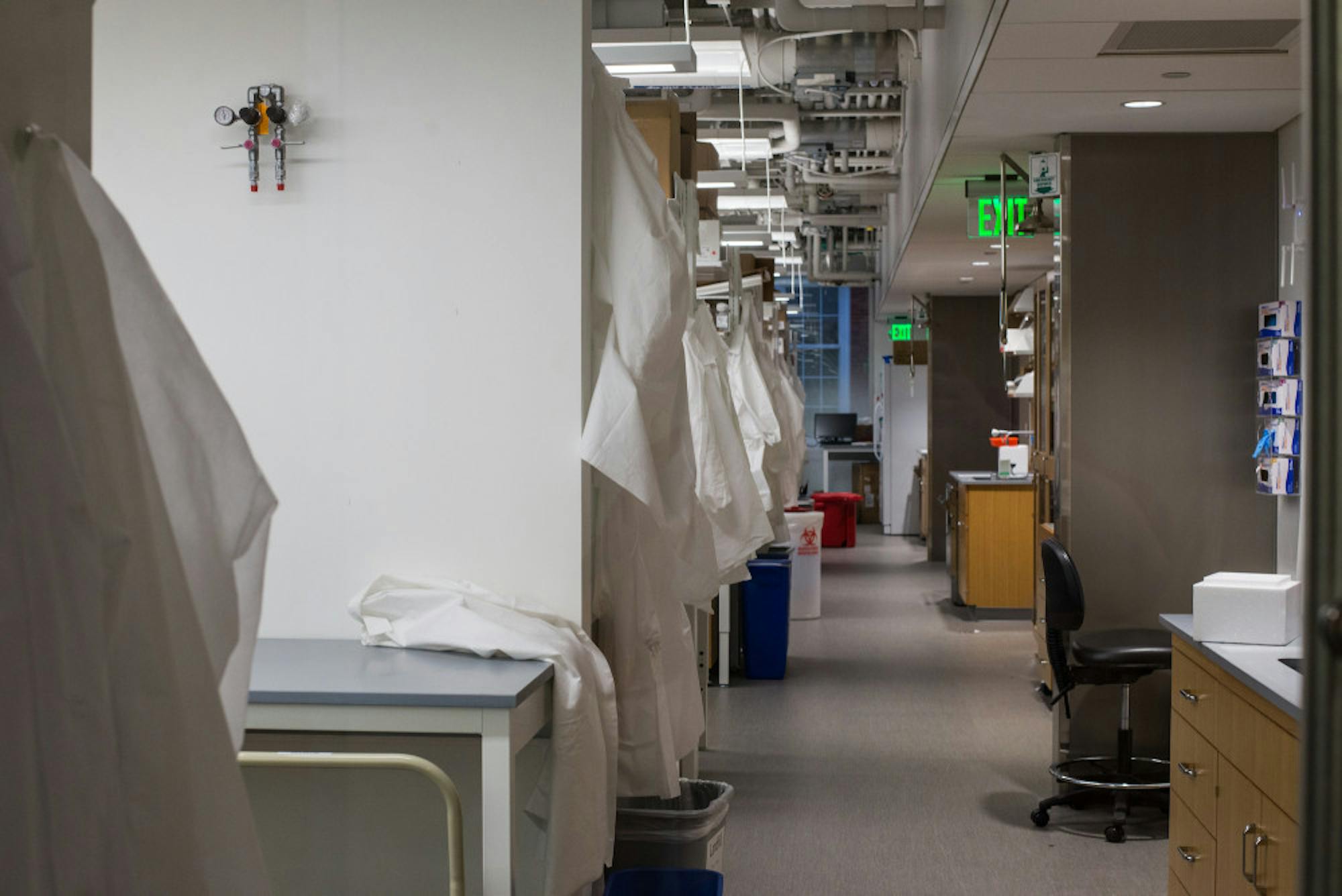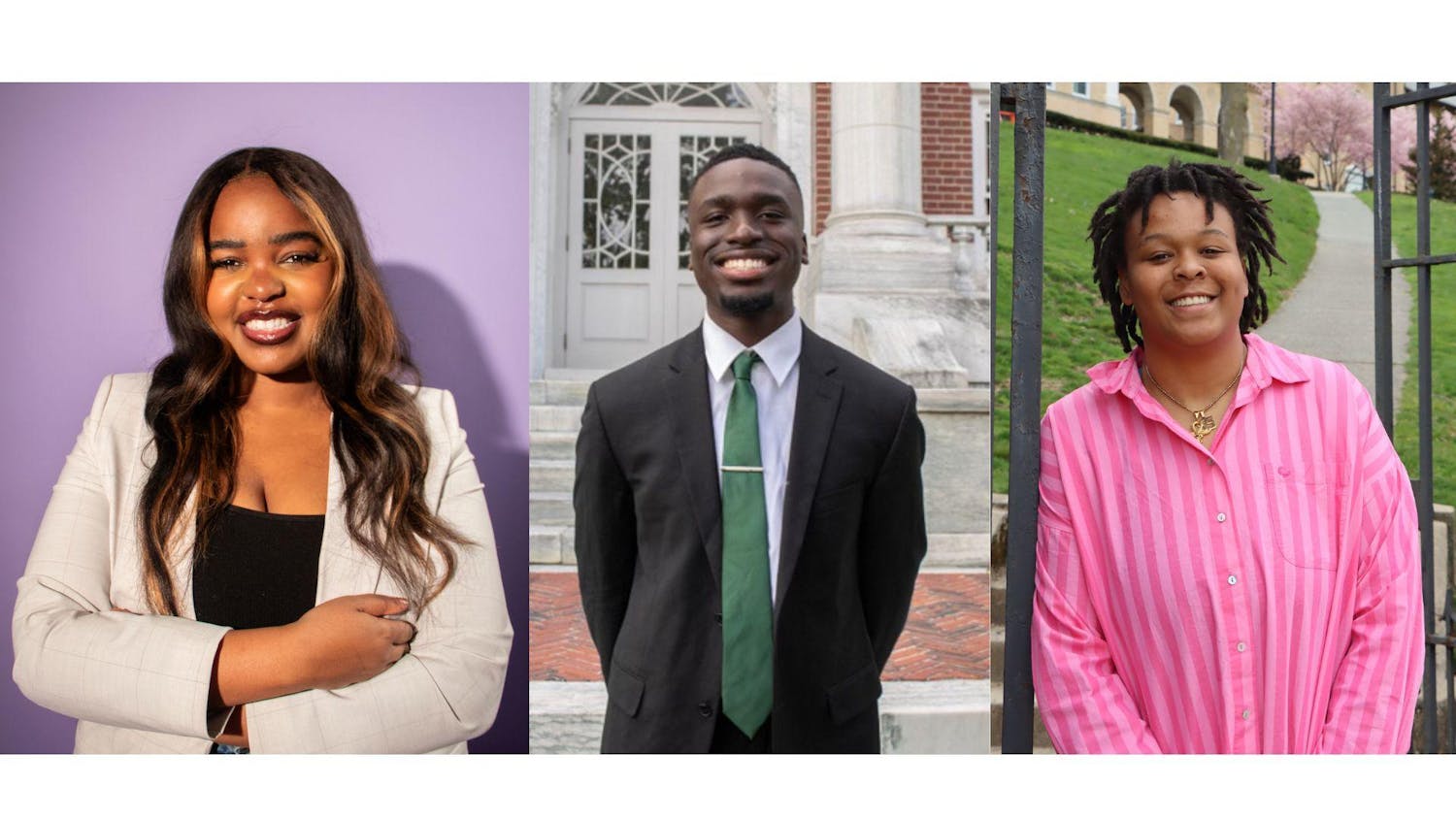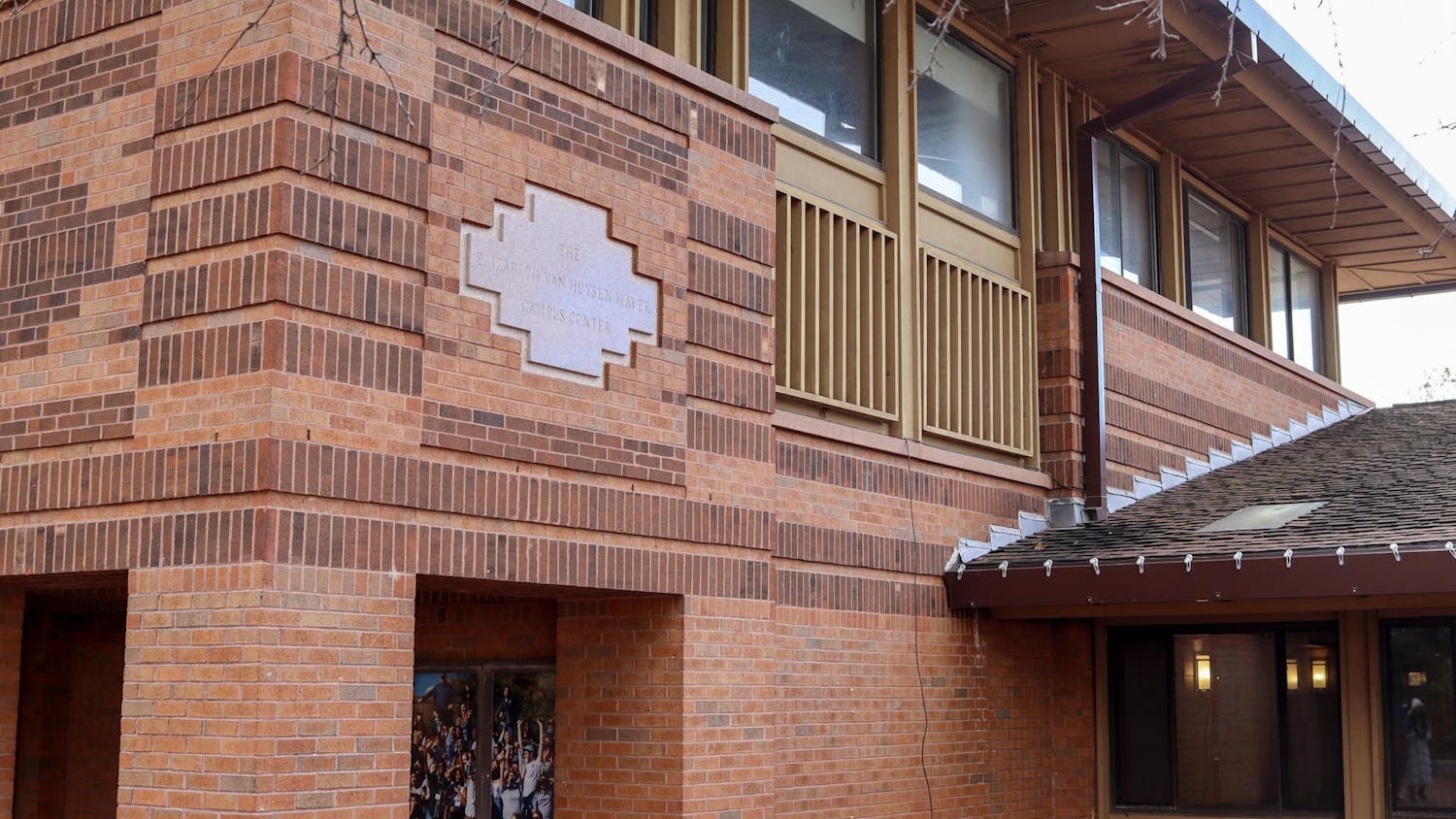For laboratory courses in the School of Arts and Sciences and the School of Engineering this fall, professors have had to adhere to new density requirements and safety protocols, and create feasible alternatives for in-person labs.
In Biology 13, one of the largest classes at the university with approximately 480 students, the lab component is in a hybrid format in an effort to give all students the option of completing the course remotely.
Dr. Ekaterina "Kate" Mirkin, laboratory coordinator for Biology 13 and lecturer in the department of biology, explained that flexibility was her primary focus when structuring the labs for the course. Students will have the opportunity to complete hands-on experiments for the course in October and November.
"In September, while some students are still moving in and getting tested, we are online, so everyone can participate and learn ... in October and November, we will have in-person labs for those who can attend," Mirkin wrote in an email to the Daily.
She noted that the course will be online by the end of the semester to accommodate those students who are reluctant to return to campus after Thanksgiving.
Mirkin also shared her early predictions for the semester.
"I knew it wouldn’t be an ideal semester; my goal was to make the best of what can be done under the circumstances," she said.
Chris Swan, dean of undergraduate education at the School of Engineering, explained that density restrictions and new safety measures have forced professors to change the way they conduct labs.
He shared that many professors in the School of Engineering have generated creative solutions to teaching labs, in light of all COVID-19 guidelines.
In an email to the Daily, Swan cited a specific example: "An instructor for a first-year engineering course providing synchronous demonstrations of laboratory tests to their class, then providing the students the data so that they can reduce and analyze laboratory results, as if they performed the test themselves."
He added that some professors have also been increasing the number of lab offerings.
In addition to providing greater access to labs, Swan touted experiment kits that professors are using to mimic in-person experiments.
“Faculty have adopted a number of methods to continue their hands-on pedagogical approaches, even for students who are remote. The most common method is the use of ‘kits’ that students may pick-up, or if remote get mailed to them, to conduct the hands-on activity," he said.
Chorng Hwa Chang, associate professor of electrical and computer engineering, who is conducting his courses in both a hybrid and in-person format, indicated that virtual courses have forced students to communicate in new ways.
“They have to share their ideas, they have to communicate their results,” Chang said. “Each [student] has their own computer, their equipment, and their results might be different.”
Sophomore Jojo Zhang, who is taking lab courses in chemistry, computer science and statistics, explained in an email to the Daily that certain labs have been more conducive to virtual learning than others.
Zhang, who is studying cognitive and brain science, expressed appreciation for being able to perform in-person lab experiments in his organic chemistry course.
“For [organic chemistry] especially, I feel fortunate that I have the opportunity to come back to campus this semester,” Zhang said.“There’s a lot to learn from diagrams and lectures, but especially for those planning on doing research in the future, the inability to practice some of these skills is quite the shame.”
Kaitlyn Szalay, a sophomore studying biochemistry, explained that while virtual labs can afford more time to watch and study the lab, in-person experimentation is a high priority for her.
“I don’t like the labs being online and hybrid because I feel I am not learning the skills or the topics as well as when I did it myself,” Szalay said. “I feel virtual does not prepare us for when we work in labs.”
Mirkin acknowledged the challenges students are facing and shared her concerns about online learning.
“We can do the thinking part online ... [but] students cannot actually do the experiment online," she said.
Despite the limited number of hands-on experiments and in-person opportunities available to students this semester, Mirkin remains optimistic about students' progress.
“We can focus more on [the] conceptual side of things and learn the physical side later,” she said. “As long as there is intellectual curiosity and some imagination, learning will occur.”
Swan echoed her sentiments and looked ahead to the benefits that may result from the changes to teaching this fall.
“I’m confident that we will find ways in which learning from remote locations is not only possible and doable, but also provide another viable and exciting avenue to explore for future engineering education and research endeavors,” Swan said.






